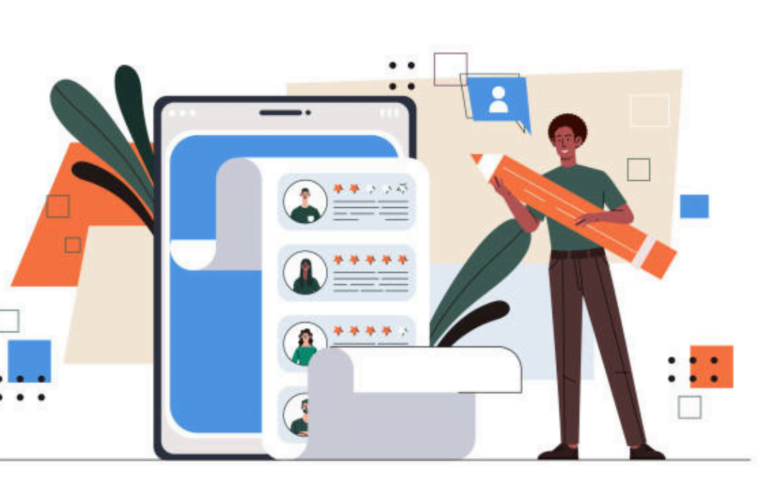7 Significant Psychological Ideas For Gamification Strategies

Gamification Strategies – Sadly, you can’t make employees learn the information and do better at their jobs.
Making empty threats doesn’t help, and people can only handle so much persuasion from within the company.
But you can use training methods that can attract them and remember that they are human.
Every person on the team is affected by how they think and feel, no matter how old they are, how much they know, or where they come from.
They all have inner motivations and dreams, and want to be successful in their own way. What does that mean for your gamification plans? Here are 7 psychological ideas to remember.
Read: Demystifying 11 Gamification In eLearning Myths
7 Psychological Ideas That Will Help in Gamification Strategies
Repetition Forsters Memory Retention
Repeating things over and over is very important in gamification training. Our brains can only unfortunately hold a limited amount of information.
Learning through playing games makes it easier to remember things and creates a strong emotional bond.
It also takes advantage of practical use, which makes the whole process easier to understand and more important.
Students can play games again to help them remember and fill in any gaps in their learning.
Gamification and Game-Based Learning are very effective because they involve hands-on experiences. Students don’t just look at a video or a series of pictures.
They use characters, tools, and the computer world to find the information they need to solve work problems.
Achievements Motivate People
It’s that warm, fuzzy feeling you get when you’ve finally accomplished an insurmountable feat. You are on top of the world, even if just for a moment.
We all crave that feeling of accomplishment, which is why gamification strategies are so successful in online training.
It gives learners the opportunity to work towards goals, develop relevant skills and keep their eyes on the prize. Don’t just pat them on the back when they cross the finish line.
Recognize small achievements along the way, such as achieving the best results or taking a compliance test.
Competition is a Natural Phenomenon
Some of us don’t want to admit that we are competitive, but to a certain extent we are. Introverts do like to compete among themselves from time to time to test their mettle. And many learners like to compare their talents with those of their peers to see how they are progressing.
Do they have what it takes to reach the top of the leaderboard or get the highest score?
An effective gamification strategy is about tapping into our competitive spirit without making some learners feel isolated or uncomfortable.
For example, give them the option to choose a different reward system if they don’t like the leaderboard.
Being able To Track Progress Motivates
Learners need to know where they are and how far they have come to maintain momentum, which comes in the form of tracking gamification progress. Include bars, maps, or other visual indicators of their current status.
Another great way to help them track progress is to give feedback. Tell them what they need to improve and what they have improved since the last match.
The Brain Gets Bored Without Breaks During Training
The human brain gets bored easily and starts to think about other things. This is especially true for training on the internet. Long talks, instruction books, and videos can be really boring.
Training with gamification should give your learners a chance to take a break and refresh their minds and stay interested.
They can now have fun playing games that help them remember and use the information in real life, even if it’s a serious game for training.
That’s why you should not use too much multimedia and give them too much information all at once because it could overload their brains.
An Essential Part of Growth is Identifying Fault
Learning can be a therapeutic process because you have to figure out what’s bothering you and work to fix it. But most people find this difficult. Nobody likes to talk about their mistakes or faults in front of other people.
So, the gamification plan should be subtle and focused on the learner.
For instance, players can’t advance to the next level until they have shown they are really good at the game.
This is gentle feedback that points out problems without singling them out. They can ask their friends for help when they need it.
Humans are Goal oriented
The only thing that equals our need to compete is the desire to achieve our goals. Develop training gamification milestones that enable learners to measure their performance and achieve ambitious goals.
For example, break down long-term goals into more manageable levels of training tasks. They can check off each item on the list as they progress and see what obstacles await them.
Conclusion
The best ways to learn using technology are based on how our brains work. These game-like strategies help you involve students, keep them interested, and find out what they need to get better at.
They also get better at remembering the information and using it in their work. But it needs to be very tailored to each person.
Ask the team about what motivates them and what they think about training. Then use the information to create fun and engaging games that are valuable.
Find a company that creates online learning materials and is good at making learning fun and engaging.







